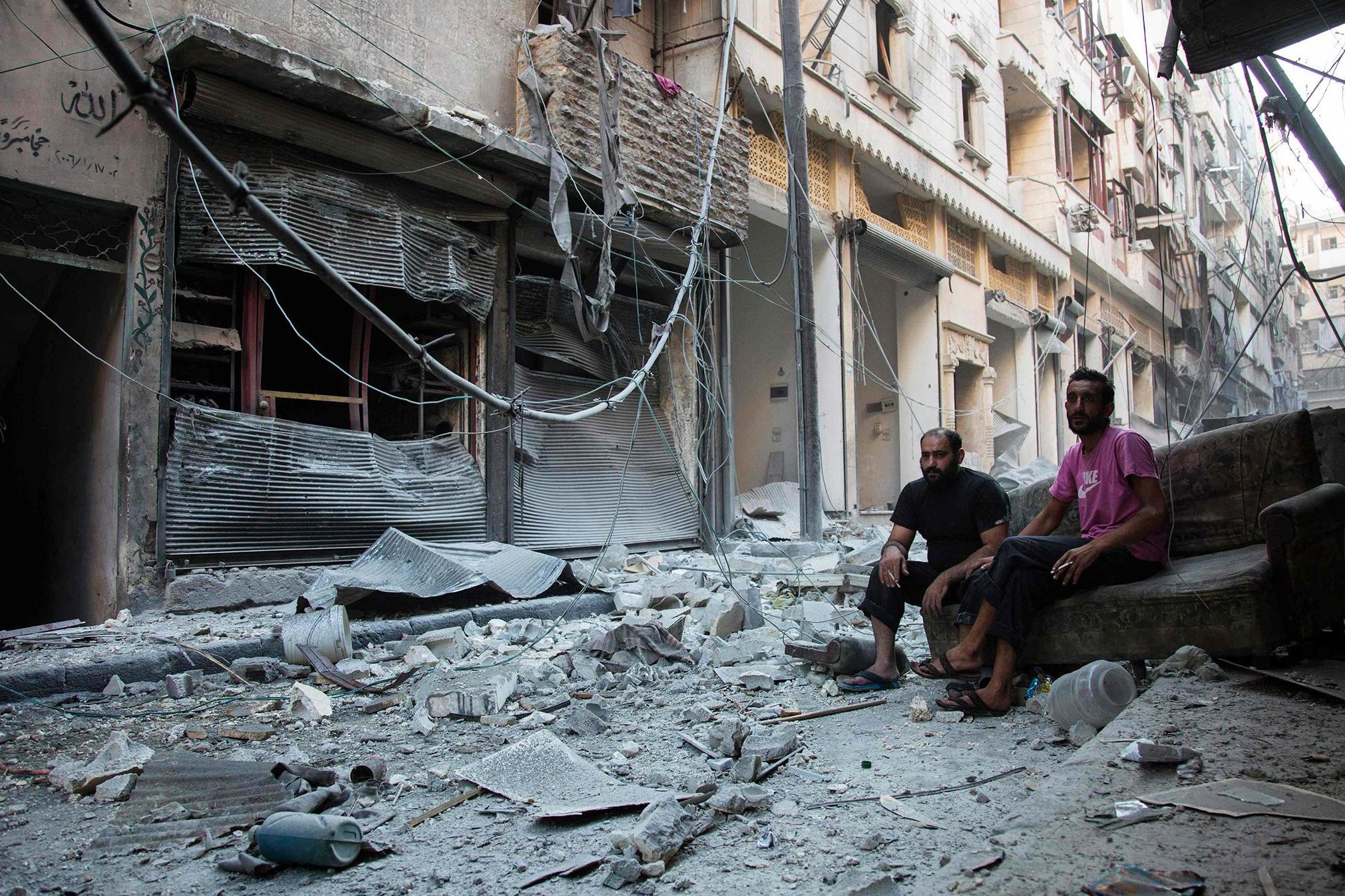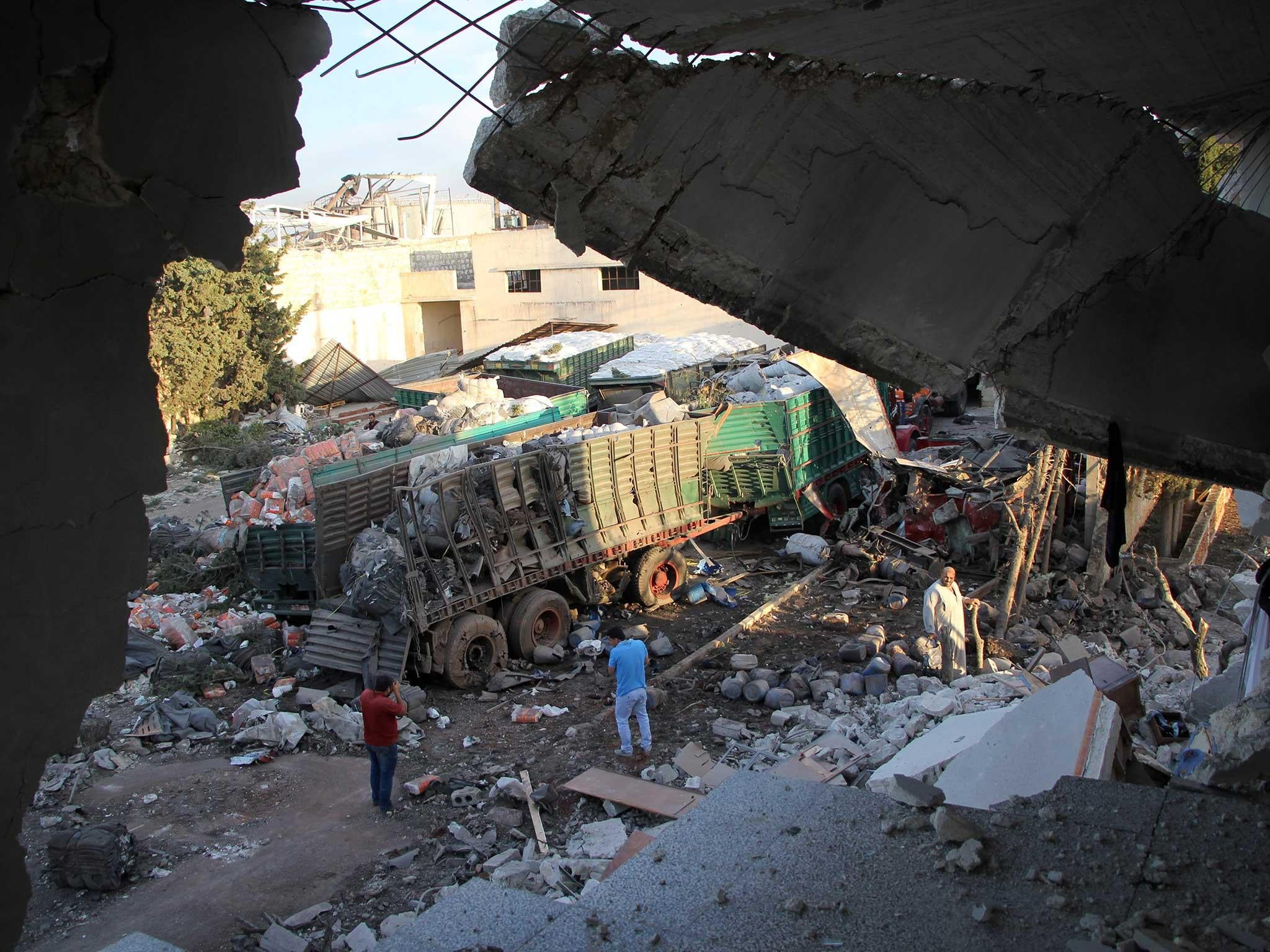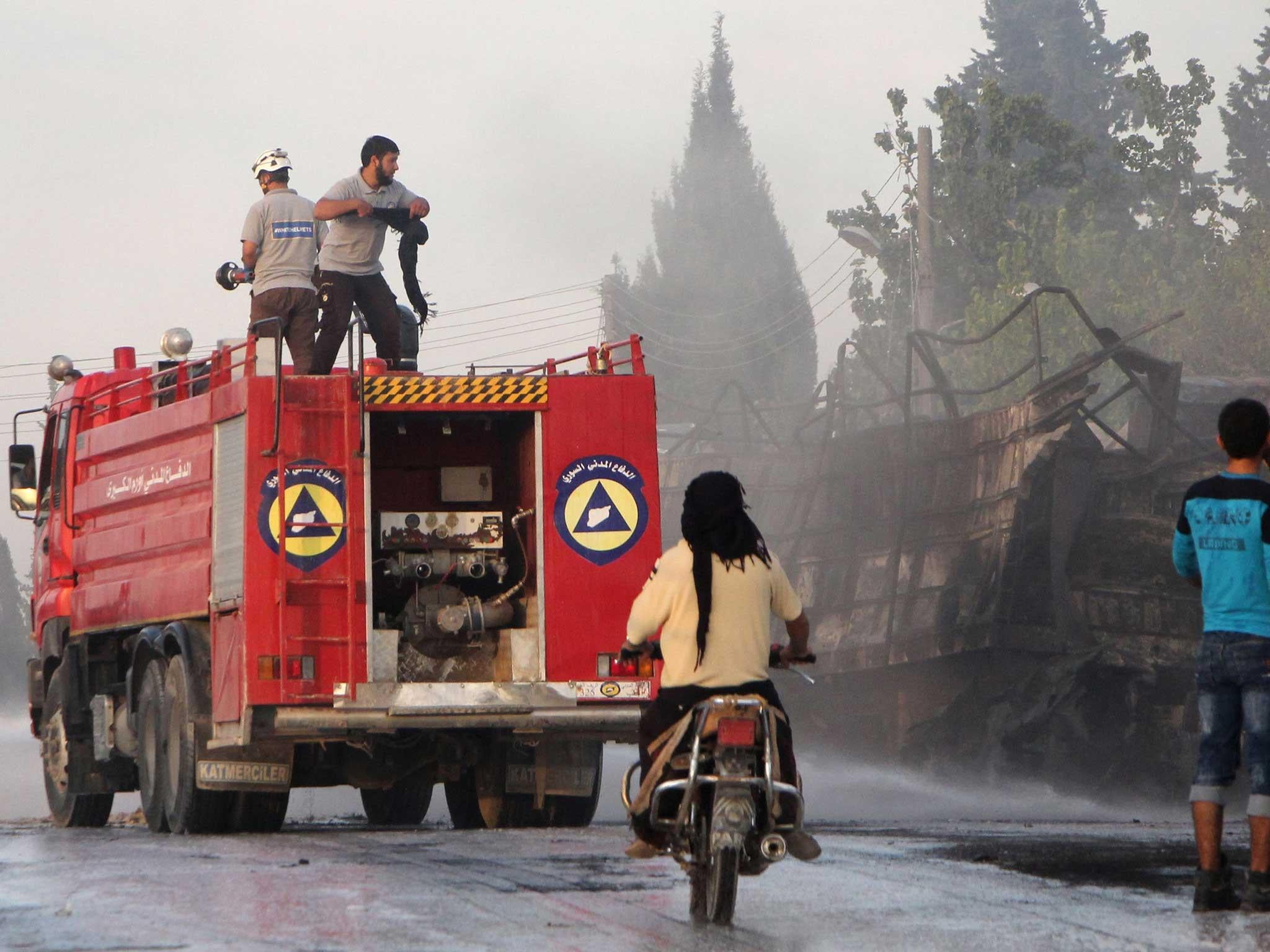The US-Russian ceasefire in Syria has broken down, but who is at fault?
Despite the bombing of Syrian army troops by US-led air strikes on Saturday, there is a high degree of cooperation between the two countries. But it’s not enough to prevent accidents on the battlefield

The British participation in the misdirected US-led air raid that killed at least 62 Syrian soldiers and the final breakdown of the shaky six-day truce combine to underline the need to bring the war to an end and to emphasise how difficult it will be to accomplish this in the near future.
The British and Americans admit to a mistake in targeting the Syrian army rather than Isis, but in the atmosphere of chronic suspicion that swirls around anything to do with the Syrian war, there will be plenty, and not just in Damascus and Moscow, who will not believe them.
The coincidence that the blunder took place just as the ceasefire agreed between Russia and the US on 10 September was collapsing is symbolic of the danger that so many foreign and local powers are now militarily engaged in Syria that they are bound to collide accidentally or on purpose. Indeed, an interesting fact to emerge from the incident is that the US claims it told the Russians about its intended airstrike on Deir Ezzor before it took place and, soon after, the Russians told them they were hitting the wrong target while the airstrikes were still going on.
Clearly, there is already a high degree of US-Russian military cooperation already in place, but it is still not enough to prevent accidents on a chaotic battlefield or enforce a ceasefire which never completely took hold. The Russian Ministry of Defence said today that a “ceasefire” was meaningless in the light of rebel violations. The rebels, for their part, say that the Syrian air force had already resumed bombing in East Aleppo and in Deraa in the south. The UN aid convoys for East Aleppo are still in Turkey, just as they were six days ago. Who is most at fault in all this is impossible to disentangle.


One of the many difficulties in establishing even temporary and local ceasefires in Syria – and the problem is far worse in the case of a national truce – is the hatred between government and rebel sides is so intense that there needs to be monitors to implement and police any agreement or it will collapse. Without such a mechanism, however, nobody will relax their fingers on the trigger. A UN monitoring mission operating in Syria in 2012 was more successful than it was given credit for, but few governments these days will be willing to risk their soldiers for a UN mission in a place as dangerous as Syria.
The most important question now is the extent to which the failure of the ceasefire is followed by an escalation in fighting as happened in some, but not all, parts of Syria after the last unsuccessful truce in February. The Syrian army will presumably press ahead with its siege of East Aleppo and establishing greater control over Damascus and Homs while the armed opposition – that never offered much under the US-Russian agreement – will launch counter-offensives in the countryside around Aleppo and south towards Hama.
The degree of violence in Syria is never decided solely by local antagonists but by the extent to which their regional backers – Saudi Arabia, Qatar, Turkey and Iran – are willing to support them. This has been the pattern in the past and is likely to continue. What is unclear is how far the US and Russia are capable of real cooperation and how far both were trying over the last week to get their local allies to abide by the truce.
Join our commenting forum
Join thought-provoking conversations, follow other Independent readers and see their replies
Comments
Bookmark popover
Removed from bookmarks